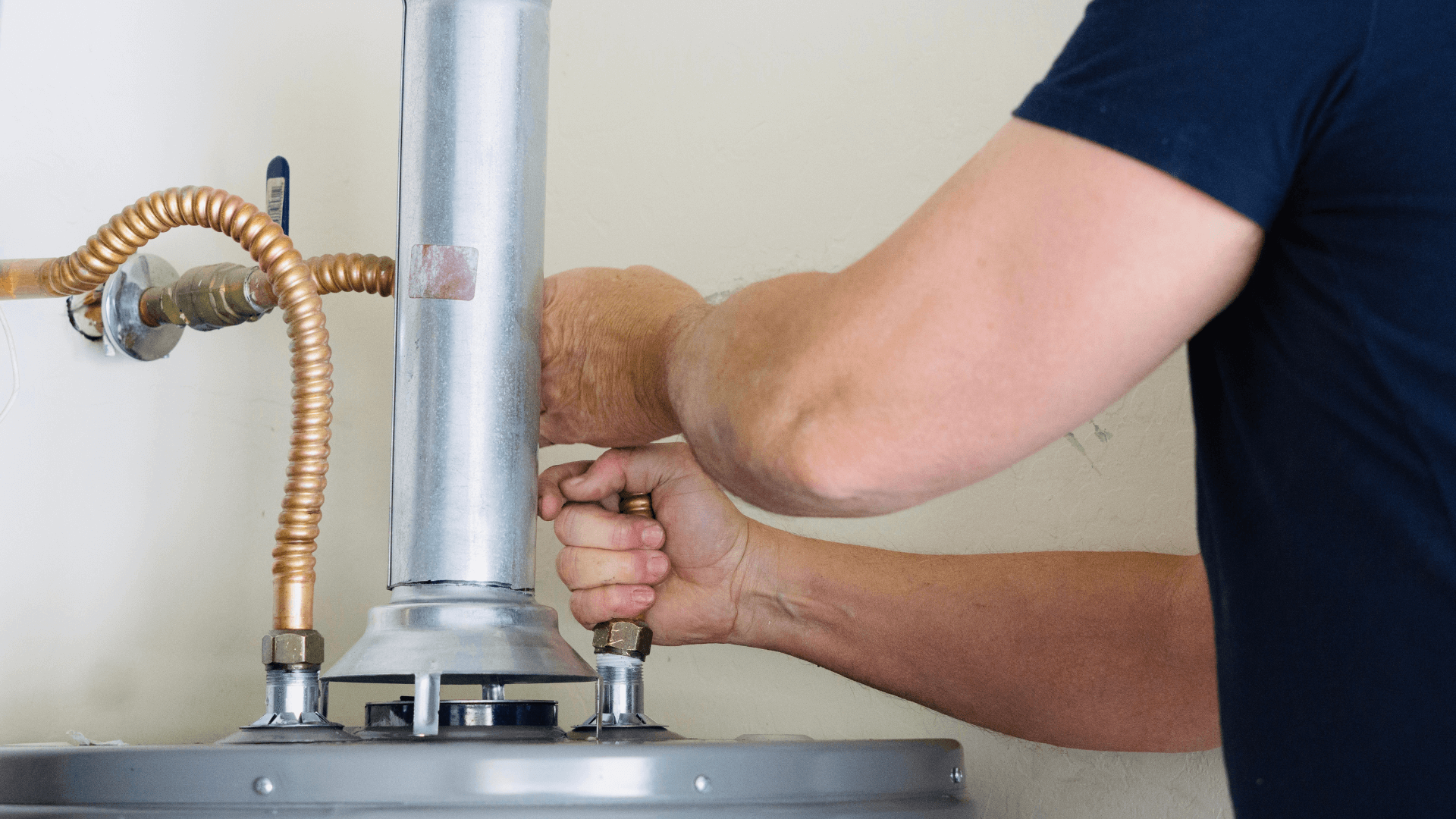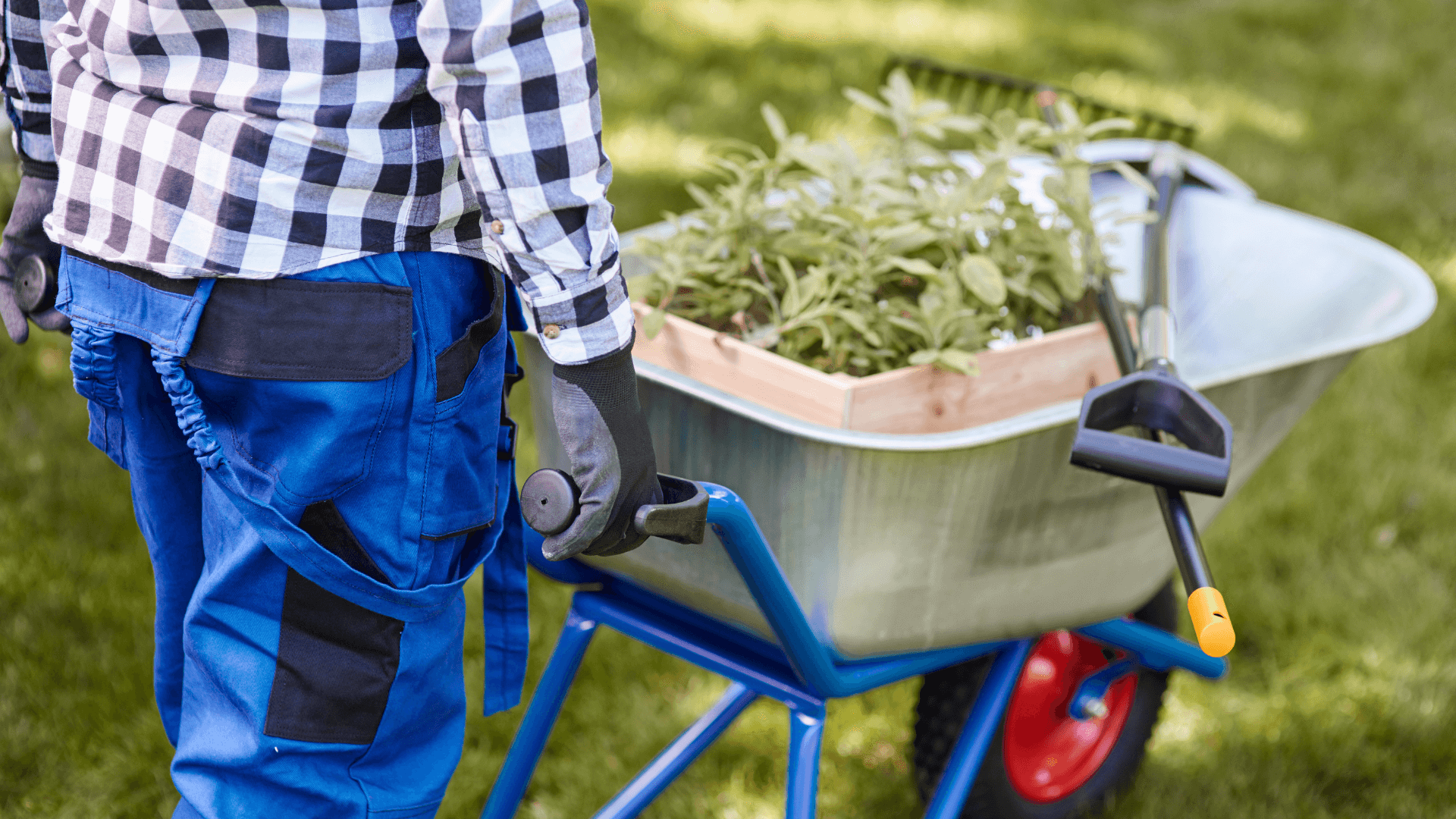You might not think sewage management could be this exciting, but trust us. It’s a party down here. A well-maintained septic system is crucial for a happy, safe home, and neglecting a full septic tank can have some seriously stinky consequences (and we’re not just talking about the smell). In this blog, we’ll dive into the nitty-gritty of septic tank maintenance, identifying five signs that your tank is full and ready for some TLC. So, grab your rubber gloves, and let’s get started!
How a Septic System Works
Before we dive into the signs of a full septic tank, it’s essential to understand how your septic system works. Knowing how everything works will help you better identify potential issues and keep your system running smoothly.
A quick definition, a septic system is an underground wastewater treatment structure commonly found in areas where centralized sewer systems are not available. The main components of a septic system include:
Septic Tank: A watertight container made of concrete, fiberglass, or polyethylene that holds and treats the wastewater.
Inlet Pipe: Transports wastewater from your home to the septic tank.
Outlet Pipe: Carries treated wastewater from the septic tank to the drain field.
Drain Field: A series of perforated pipes buried in trenches that disperse the treated wastewater into the soil.
Each of these parts should be regularly inspected for signs of wear and tear.
Common Causes of a Full Septic Tank
At this point, you might be asking what could cause a septic tank to fill up and stop functioning correctly (besides the obvious). A full septic tank can result from several factors, most of which are easily avoidable with proper care and attention.
Lack of Regular Maintenance and Pumping
One of the primary reasons for a full septic tank is not pumping it out regularly. Over time, the sludge and scum layers accumulate, reducing the tank’s capacity to hold and treat wastewater effectively. It is generally recommended to have your septic tank pumped every 3-5 years, depending on the size of your household and tank. Neglecting this crucial maintenance step can lead to a full tank and cause more severe problems.
Excessive Household Water Usage
Introducing more water into the system than it’s designed to hold can also contribute to a full septic tank. When you use more water than your septic system can handle, it can overwhelm the tank, causing solids to be pushed into the drain field. This then leads to clogged pipes and potential contamination of your groundwater (uh-oh). To avoid this issue, try implementing water-saving habits like fixing leaks, installing low-flow fixtures, and spreading laundry loads throughout the week.
You can take your water-watching up a notch using a water dimension sensor (like the one CPI Security offers). These sensors will notify you if a sink, washer, or water tank starts to leak.
Inadequate Bacteria Population
A healthy bacteria population is critical to keeping your septic tank in working order. If the bacterial population isn’t large enough, the decomposition process that takes place in a septic tank slows down. This can lead to a buildup of sludge and scum that can cause major issues.
Improper Disposal of Non-Biodegradable Items
The bottom line is to keep items not meant for the toilet out of the toilet. Baby wipes, feminine hygiene products, diapers, and even “flushable” wipes don’t break down easily and can clog your system. Similarly, pouring grease, oil, or food waste down the drain can create blockages and disrupt the bacterial balance in your tank. To prevent these issues, dispose of non-biodegradable items in the trash and use a compost bin for food waste.
5 Signs of a Full Septic Tank
There are several symptoms that can indicate that your septic tank is full or nearing capacity. Watch for these five telltale signs that your tank might need prompt attention.
Slow-Draining Fixtures and Plumbing Issues
Often the first signs of a full septic tank are slow-draining sinks, bathtubs, or showers. If you notice that water takes longer than usual to drain or if you experience frequent plumbing issues, it could be a sign that your tank is reaching its capacity and needs to be pumped.
Foul Odors around the Septic Tank or Drain Field
A strong and unpleasant smell (you know what we’re referring to) around your septic tank or drain field clearly indicates something is amiss. This odor is usually the result of gases produced by the decomposing waste in your tank, which can escape when the tank is full. Don’t ignore this stinky signal – it’s time to call in the professionals.
Sudden Lush Green Patches or Standing Water in the Yard
Who doesn’t love waking up to a greener-than-usual lawn? But, unfortunately, a sudden lush, green patch of grass near your septic system or standing water in your yard could indicate that your tank is overflowing. Seepage from your tank into the soil can act as a fertilizer, causing the grass to grow rapidly. Similarly, standing water in your yard could result from an overburdened drain field. In either case, you must address the issue promptly to avoid further damage.
Gurgling or Bubbling Sounds in Toilets or Drains
If you hear gurgling or bubbling sounds from your toilets or drains when you flush or use water, check your tank! These noises occur when air is trapped in the plumbing due to a blockage or restricted flow, often resulting from a full tank.
Backups or Sewage Overflow in Toilets or Drains
The above signs can act as warnings that your septic tank needs some love. But if you’re experiencing sewage backups or overflows in your toilets or drains. If you see raw sewage or wastewater in your home, acting quickly to prevent further damage and potential health hazards is crucial. Call a professional septic service immediately to assess the situation and pump your tank if necessary.
Understanding the signs of a full septic system is the first step in maintaining a healthy and efficient home wastewater treatment system. By keeping an eye out for slow-draining fixtures, foul odors, lush green patches, gurgling sounds, and sewage backups, you can address potential issues before they escalate. Remember, regular maintenance and proper care are crucial to ensuring the longevity of your septic system. Don’t wait for problems to arise – take proactive measures by implementing water-saving habits, using septic-safe products, and scheduling routine tank pumping. Doing so will keep your septic system running smoothly and avoid any unwanted surprises down the line. Happy flushing!






